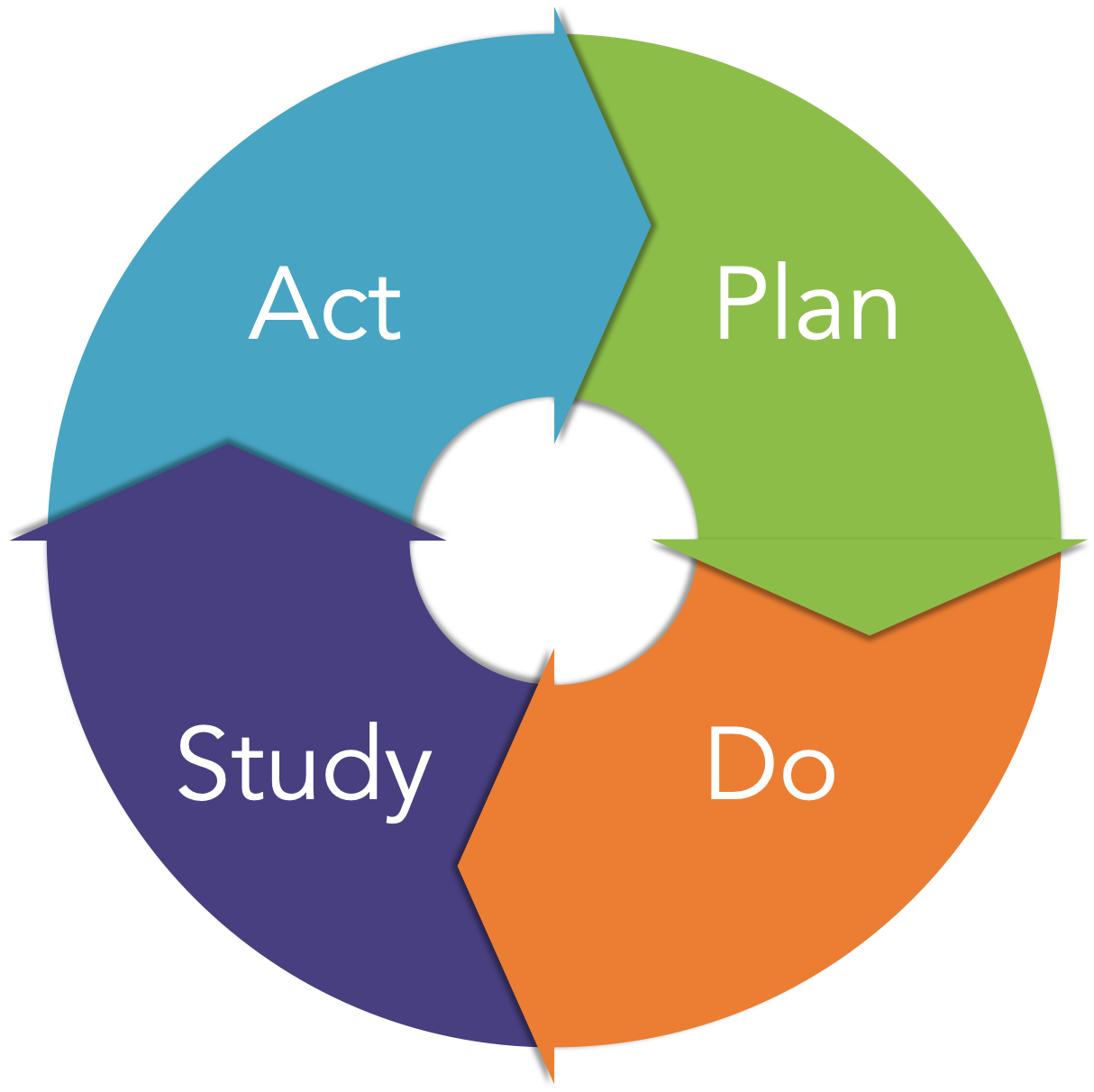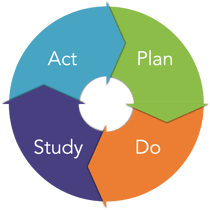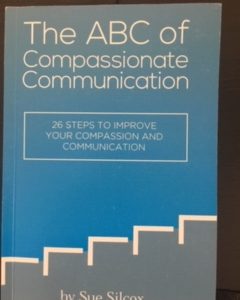The Three Pillars for Aging Services Workforce Development


This is the first of three articles about Workforce Development in Aging Services. The focus of the articles will encompass three pillars:
1. Adopting Best Practices to Retain the Current Workforce
2. Creating Non-Traditional Growth and Advancement Pathways
3. Cultivating the Next Generation Aging Services Workforce
This topic is of great importance due to the national and global caregiving crisis for both paid and unpaid caregivers. This series will focus only on paid caregivers, with an acknowledgement that the unpaid caregiver crisis impacts the need and demand for more paid caregivers.
Pillar 1: Best Practices to Maintain the Current Workforce
Let's begin the discussion about the Aging Services Workforce by acknowledging that there are many wonderful and committed people caring for elders throughout the continuum of care- 3.7 million according to this LeadingAge Vision White Paper.
Sadly, the massive turnover experienced in this industry will keep the rotating door busy, without even considering the increasing demand due to the aging population.
So, before addressing the need for new entrants, we should begin with discussing strategies to retain our current employees. The LeadingAge Vision White Paper above provides an excellent roadmap of six strategies to build workforce and my intent with this series is to enhance the conversation by approaching the issue of retention from other angles.
Step 1: Assess the Organization's Culture

We can't expect a different result when repeating the same practices that may have worked in the past. Disasters, while devastating, often serve as powerful catalysts for change. Anticipating the effects that the pandemic would have on retention and recruitment, AGE-u-cate created an internal assessment tool to assist leaders in taking a critical look at their culture as it relates to recruitment and retention.
We envisioned the post-pandemic era as an opportunity for organizations to re-set, but before that takes place, it is best to know the baseline. An internal assessment is essential for developing strategy.
The internal "Temperature Tool" should be completed by leadership, management and front-line staff to gain a 360-degree view.
Introducing the Recruitment and Retention Temperature Tool
This tool is research-informed, and lasers in on aspects of culture that greatly contribute to employee retention.
Ten culture identifiers are included in this tool:
- Employees believe that the right people are being hired.
- New hires are well-prepared for the work.
- The organization invests in growth/advancement.
- The organization invests in skill-building.
- There is work-life balance.
- There is flexibility with work schedules.
- Employees are enthusiastic and engaged.
- Employees refer others for employment.
- Current employees are positive promoters.
- Employees share in a mission for quality.
The temperature tool includes a scale of 1 - 7, with a score of seven indicating that the reviewer has the most positive opinion of the culture element, and 1 is the lowest opinion. Therefore, a total score of 70 indicates that the organization is perceived as being perfect in all areas.
It is important to apply critical thinking to each question. Points should be awarded based on the current reality versus what is desired, or what things were like in the past.
The tool can be completed anonymously, but it will be helpful to know the collective responses of the leadership and management team, and front-line employees. Color coding the tool for the three levels is an easy way to distinguish.
Step 2: Analyze Results

Results can be analyzed from complementary perspectives.
- Have leadership complete the temperature tool first based on their perspective, and then again on how they think the front-line staff will respond.
- Identify the collective highest and lowest scoring responses.
- To what degree do results vary between leadership, management and front-line staff?
- To what degree do results very between how leadership thinks the front-line staff will respond, and how they actually respond.
Calculate the mean, median and mode for each question and for the total score. Interpret the results by identifying patterns and trends. Were there surprises or revelations? Visualizing the results may also be helpful. If you have a super-excel pro on staff, examine correlations between different factors to identify relationships.
Step 3: Plan, Do, Study, Act

There is nothing new about this approach! But I'd like to give you some food for thought.
Tip 1: Consider whether it is time to change the narrative about what it means for your employees to work in Aging Services from a strengths-based approach. Viewing from this perspective doesn't mean that challenges and difficulties are swept aside, rather, it elevates the positive aspects of working with older adults.
- They have an opportunity to serve underserved.
- Their work has a higher purpose than cleaning bathrooms, making food, giving showers, etc. Their work is about promoting and contributing to the quality of life for the people in their care. Clean spaces, good food and compassionate caregiving all contribute, and are all equally important.
- They can be agents of change. There are many things that can be done better, for the sake of the wellbeing of people in their care, and all hands-on-deck is needed to make meaningful changes happen.
- They can truly make a difference in the lives of others through their attitudes and actions.
Conclusion
Sometimes it is necessary to go back to the basics, and ask the simple question, "How are we doing?" There are many strategies that organizations may employ to tackle employee retention, and knowing where you are is the first step to understanding the strategies that will have the most impact.
Next, we will explore Pillar 2: Creating Non-Traditional Growth and Advancement Pathways. If you haven't already, subscribe to our blog to get the next issue in your inbox!



